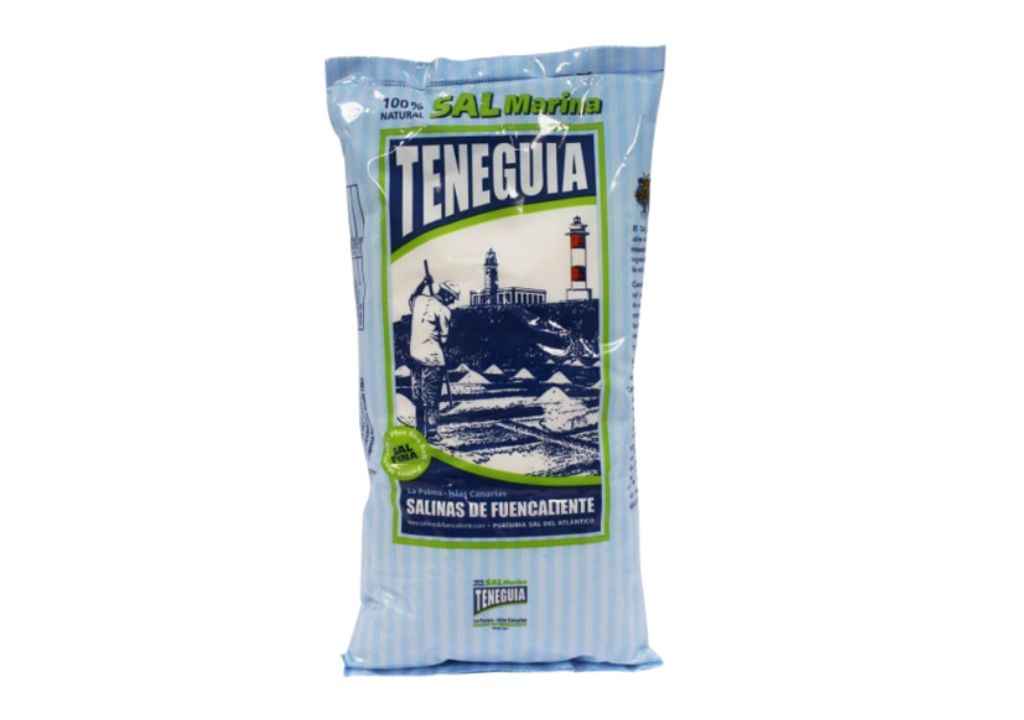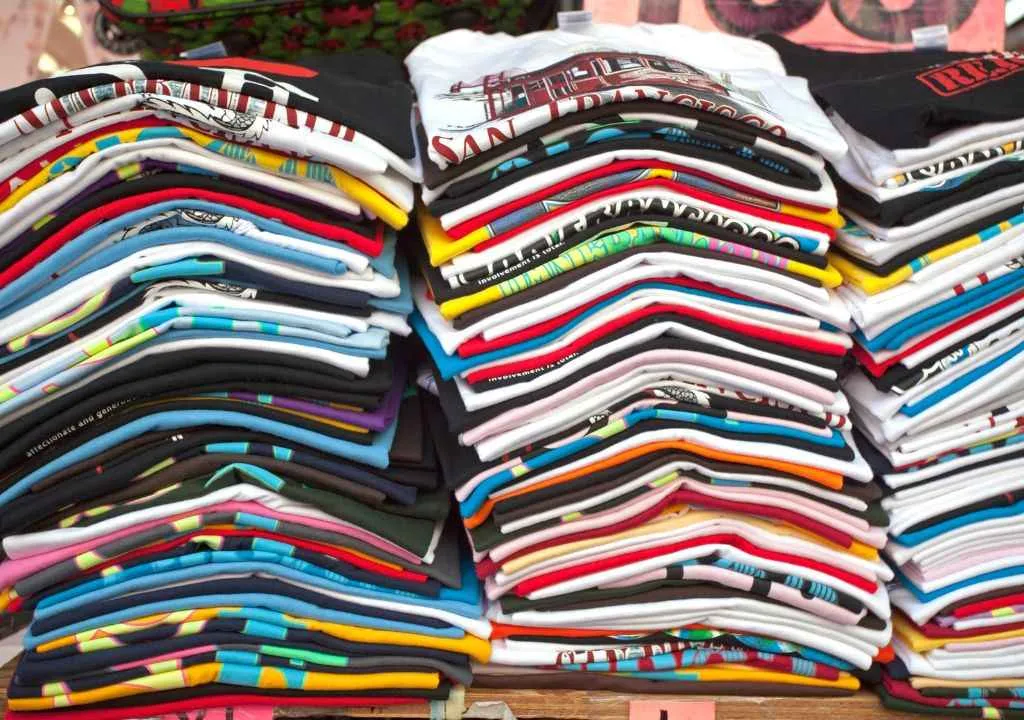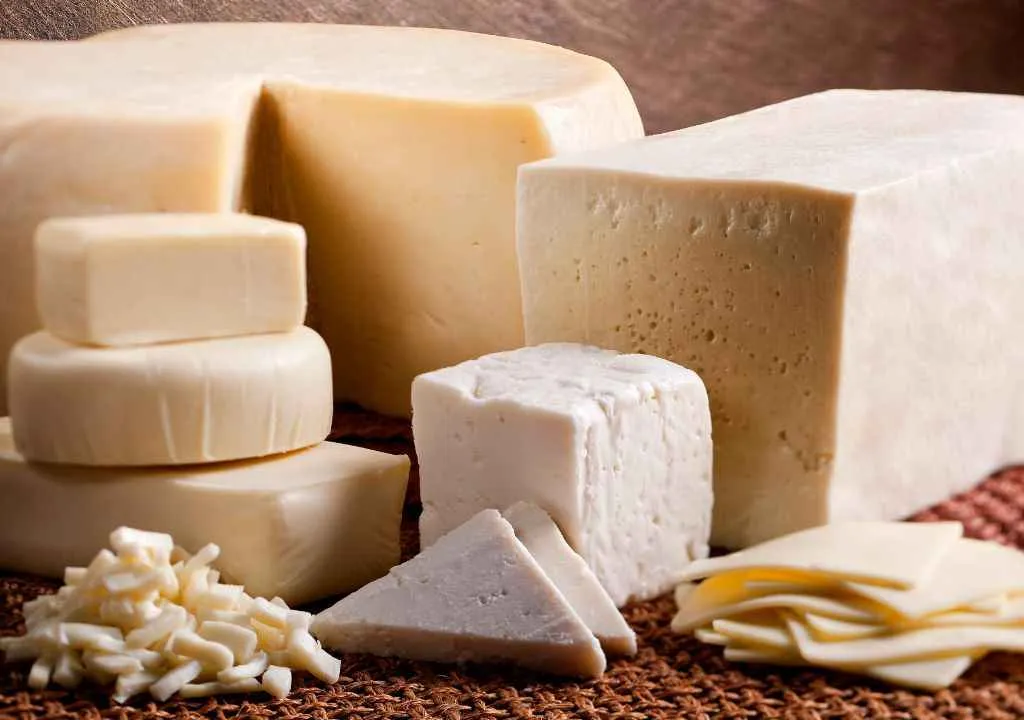In the south of La Palma, where the sun shines brightly and the wind gently brushes the coast, a unique product is born: the Flor de Sal of Fuencaliente. Its artisanal harvesting and purity make it a true gastronomic treasure, sought after by those who value authentic and natural flavors.
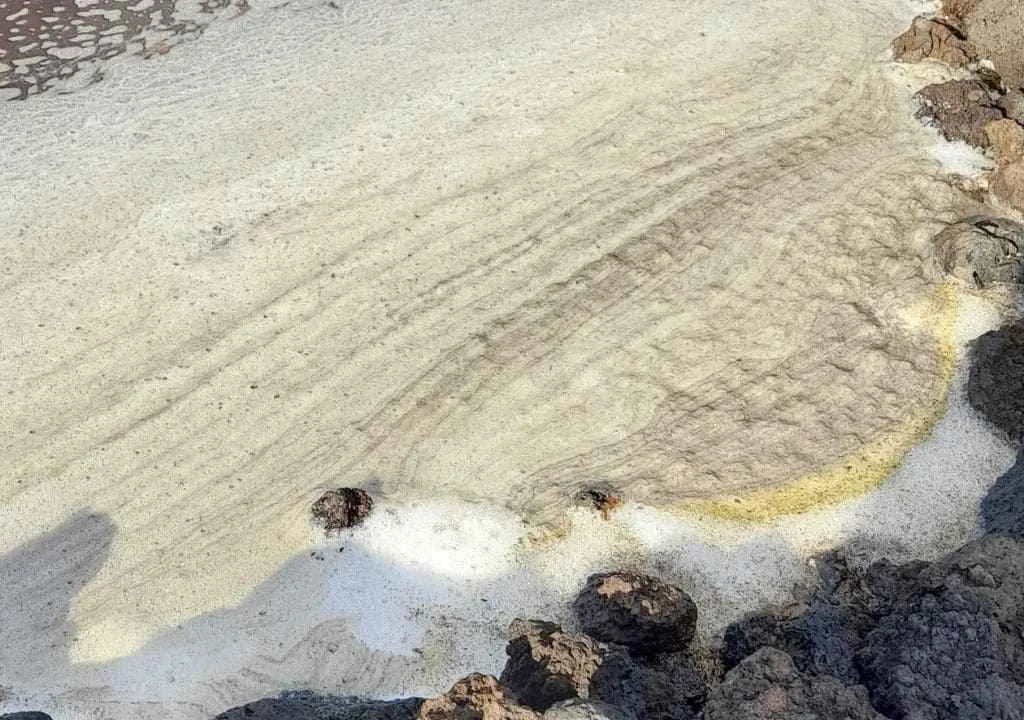
Reasons to choose Flor de Sal as a souvenir
- Local and artisanal product: hand-harvested in the salt pans of Fuencaliente.
- 100% natural: created only by sun, sea, and wind.
- Healthier: contains calcium and magnesium salts beneficial for the body.
- Unique texture and flavor: crunchy, delicate, and slightly moist crystals.
- Gourmet souvenir: light, easy to carry, and perfect as a gift.
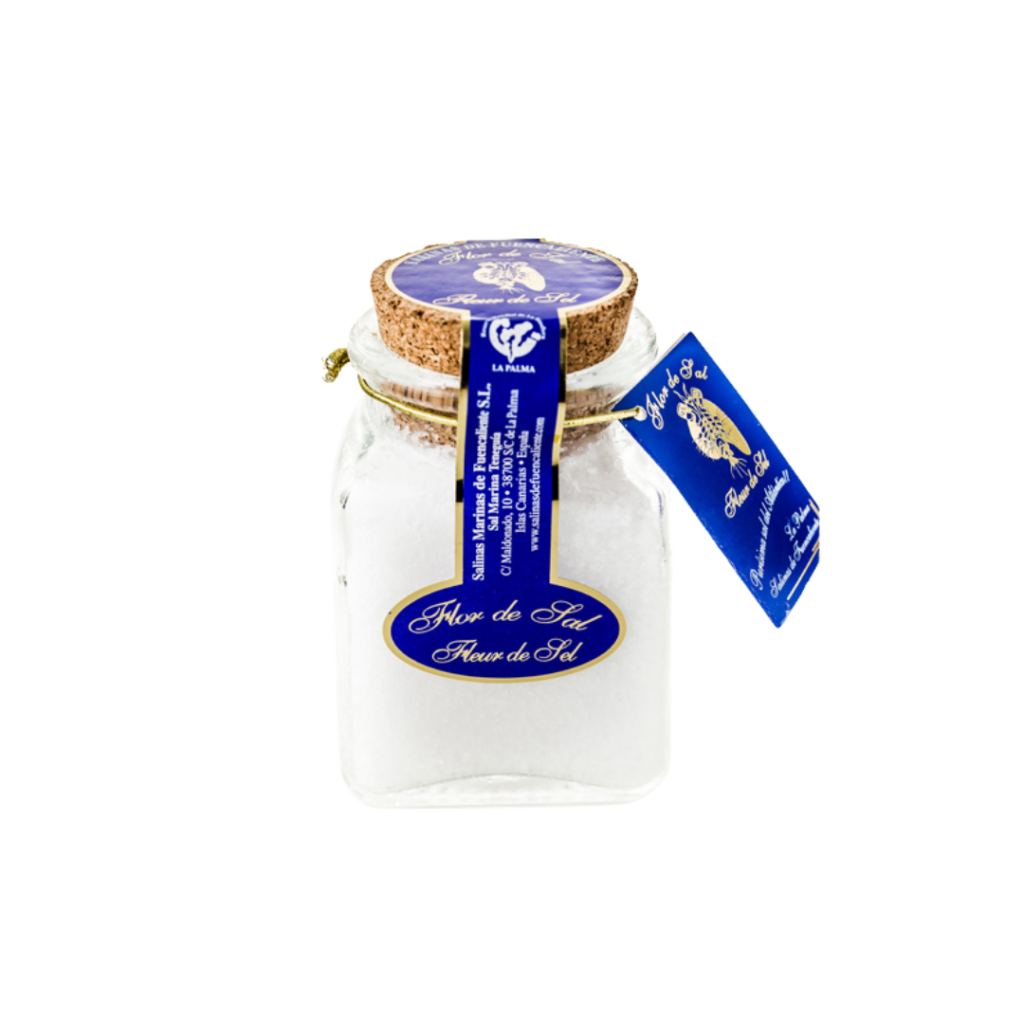
What is Flor de Sal?
Flor de Sal is the thin layer of crystals that forms on the surface of seawater during crystallization in the salt pans. It is harvested by hand, with patience and care, making it a select product highly valued in gastronomy.
Unlike regular sea salt, Flor de Sal is richer in minerals and trace elements such as magnesium, potassium, and calcium. This makes it not only healthier but also tastier and more special.
Differences between Flor de Sal and sea salt
- Sea salt: mainly sodium chloride with small traces of minerals.
- Flor de Sal: more complete, with sodium chloride, magnesium, potassium, and other beneficial salts.
- Texture: crunchier and slightly moist, perfect as a finishing touch.
Appearance and flavor
- The crystals are irregular and vary in size, since they are harvested by hand.
- At the start of the harvest, they have a pinkish tone, which turns white after natural drying.
- On the palate, they are lightly crunchy and very aromatic, adding a unique finishing touch to every recipe.
Varieties and culinary uses
In addition to the classic version, Flor de Sal from La Palma is also offered in flavored varieties such as:
- Lemon.
- Wine.
- Local herbs and spices.
- Mojo.
It is used to enhance salads, meats, fish, vegetables, and even desserts, always as a finishing touch to preserve its properties.
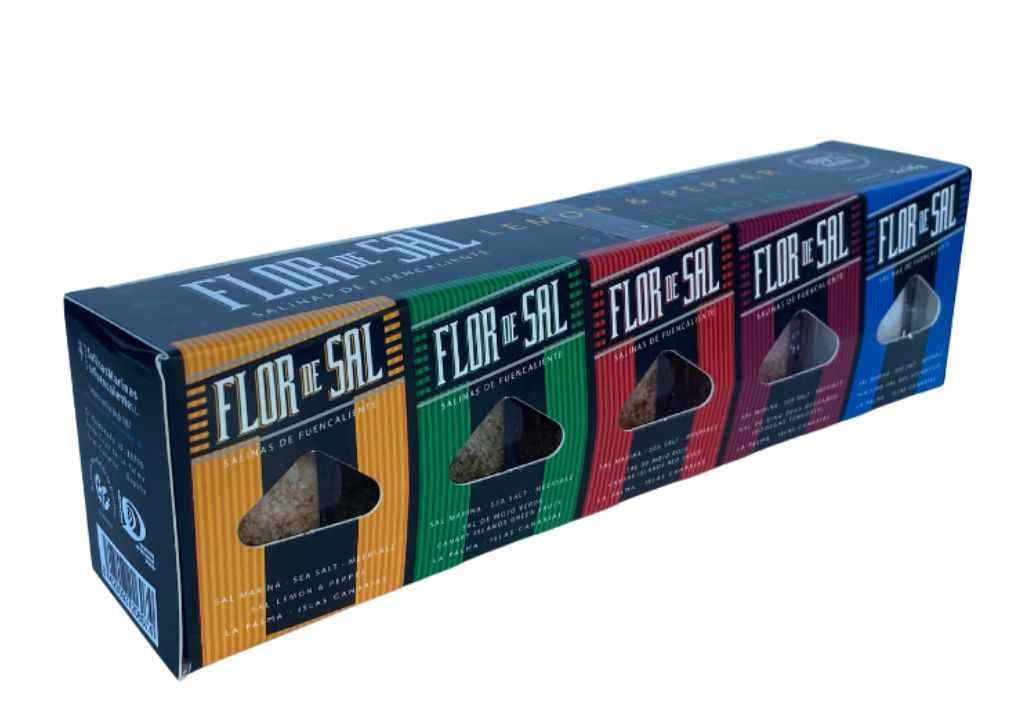
Where to buy Flor de Sal in La Palma
You can easily find it in:
- Souvenir shops around the island.
- Delicatessen and gourmet stores.
- Local supermarkets.
- Directly at the Salt Pans of Fuencaliente, where it is produced and sold at the source.
Practical tips
- It’s a light product, easy to pack and carry in your luggage.
- As a gourmet souvenir, it makes an original and elegant gift.
- Store it in a dry place to maintain its crunchy texture.
- Ideal for those who love healthy cooking.
